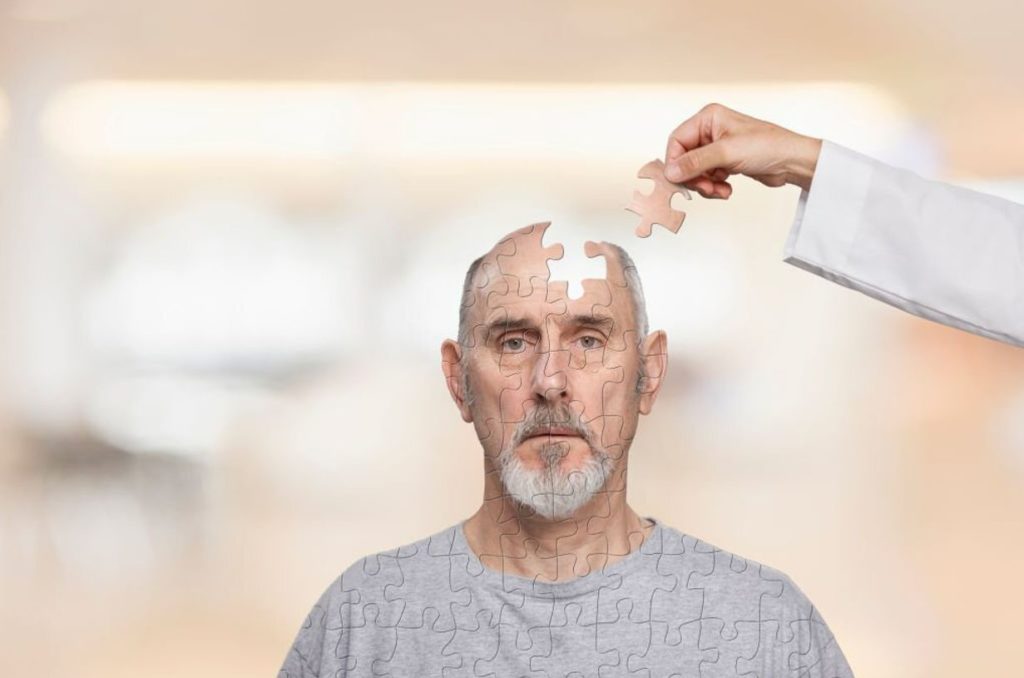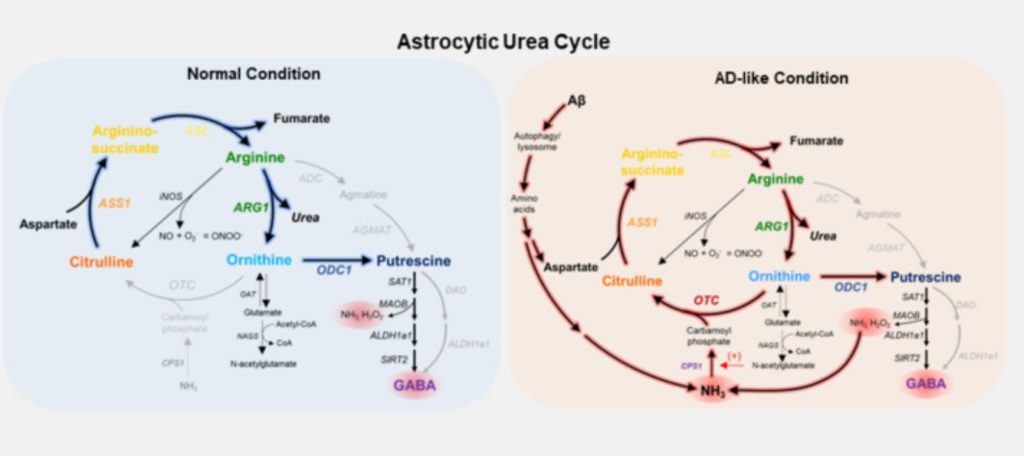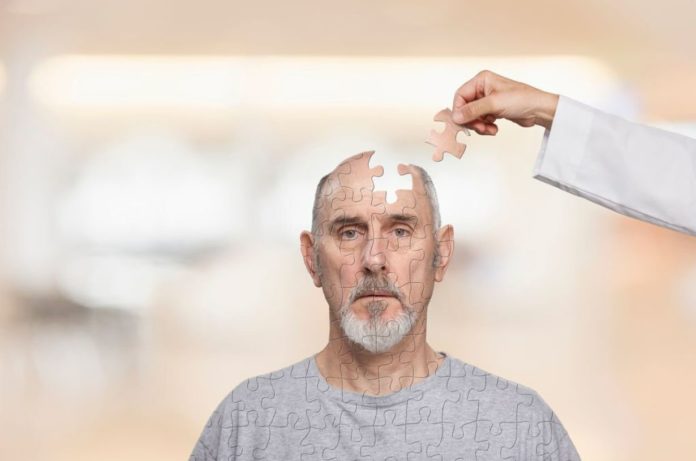A new study published today reveals a novel and powerful therapeutic target against Alzheimer’s Disease that could be utilized to clear the accumulated protein without causing the accumulation of harmful byproducts such as H2O2, GABA and ammonia
In recent decades, there has been a tremendous increase in the number of senior people with Alzheimer’s. Scientists believed for a long time that misfolded amyloid-beta protein clumps accumulated and formed plaques in the brain, causing memory loss and cell death.
However, the recent failures of clinical trials show an urgent need to grasp the missing link between amyloid-beta protein plaques and illness symptoms, a phenomena that has been extensively investigated for decades.
The Center for Cognition and Sociality at the Institute for Basic Science (IBS), South Korea, has conducted substantial research on this subject under the direction of Director C. Justin LEE.

The team just reported in the year 2020 in the journal Nature Neuroscience that the star-shaped brain cells known as astrocytes play a significant role in Alzheimer’s disease and its progression. Following this finding, the team set out to learn more about the molecular mechanism behind the astrocytic response.
The IBS team has now discovered the missing piece, the conversion of amyloid-beta to urea in the brain, after examining fundamental biological pathways and how they evolve in the brain’s star-shaped astrocytes.
People have studied and learned a lot about the urea cycle, which is a major metabolic pathway in the liver and kidneys that helps us digest food and get rid of waste.
The urea cycle in the liver turns ammonia, a toxic byproduct of digesting protein, into urea, which is easily passed out of the body through urine. Previous studies were surprised to find more urea in the brains of people with Alzheimer’s disease.
This made the IBS team wonder if the urea cycle had anything to do with how the disease developed. Researchers were surprised to discover that astrocytes in Alzheimer’s disease brains ‘switch on’ the urea cycle in order to eliminate harmful amyloid-beta clumps via the urea pathway.

But this isn’t as helpful as it might sound.
The team discovered that the urea cycle’s activation results in the formation of ornithine, another metabolite that builds up in cells and needs to be eliminated.
In order to deal with the accumulated ornithine and convert it to putrescine, the hard-working astrocytes manufacture the enzyme ornithine decarboxylase 1 (ODC1). As a result, the brain’s concentrations of the neurotransmitter gamma-aminobutyric acid (GABA) and harmful byproducts including hydrogen peroxide (H2O2) and ammonia increase.
As a result of this ammonia’s continued feeding back into the urea cycle, harmful byproducts continue to build up. These astrocytes produce large amounts of GABA, which inhibits neuronal transmission and contributes to the typical memory loss in Alzheimer’s disease.
In the group’s aforementioned 2020 investigation, hydrogen peroxide was discovered to be the main factor triggering sick astrocytes’ severe reactivity, which led to the loss of neuronal cells. The new information from this study now explains in detail how elevated GABA, H2O2, and ammonia contribute to and accelerate memory loss and neuronal cell death linked to Alzheimer’s disease.
“For years, scientists have been debating about the beneficial and detrimental role of reactive astrocytes, and with the findings of this study,” said JU Yeon Ha, the study’s first author, “our group is able to clearly demarcate the beneficial urea cycle and the detrimental conversion of ornithine to putrescine and GABA, thereby providing evidence of the dual nature of astrocytes in Alzheimer’s Disease brain.”
To use this new information, the group conducted additional experiments. They found that inhibiting the enzyme Ornithine Decarboxylase 1 in the astrocytes of a transgenic Alzheimer’s disease mouse model stopped the overproduction of GABA and the inhibition of neurons in the hippocampus of the mouse brain.
These mice outperformed others in behavioral tests that involved memory and nearly recovered from the memory loss associated with AD after ODC1 knockdown.
Additionally, there were considerably fewer amyloid-beta plaques in the brains of mice with the ODC1 gene silenced, suggesting that the urea cycle was functioning more effectively to remove the accumulated protein without accumulating toxic byproducts like H2O2, GABA, and ammonia.
“With the results from this study,” added Director C. Justin LEE, the corresponding author of the study, “we were able to finally delineate the pathway linking amyloid-beta plaques to astrocytic reactivity, uncovering the presence of a functional urea cycle in reactive astrocytes for the first time.”
They “also found increased levels of enzyme ODC1 in human AD patients’ brains, raising the possibility of translating the results from our mouse study to humans and indicating that ODC1 may be a novel and powerful therapeutic target against the disease, inhibition of which could clear amyloid-beta plaques as well as improve memory.”
Image Credit: Getty
You were reading: A New Alzheimer’s Research Just Hit a Major Milestone
